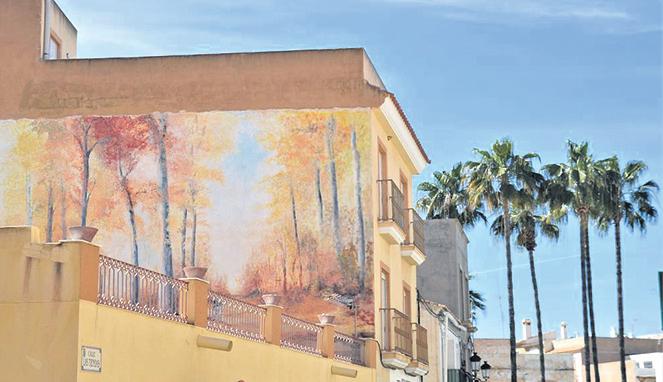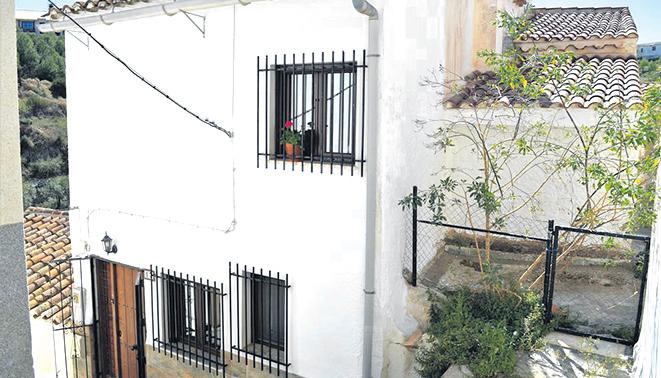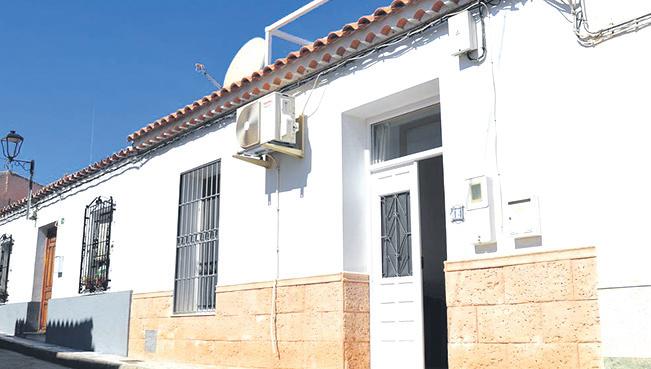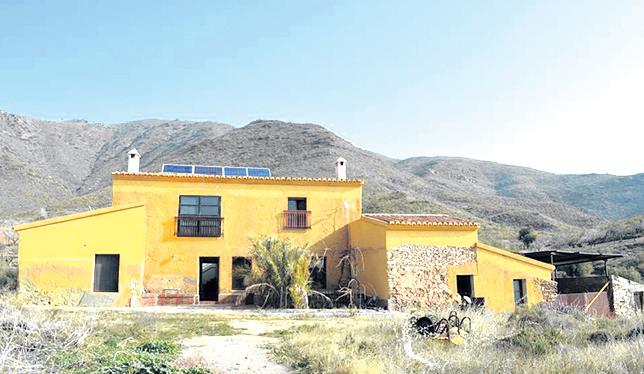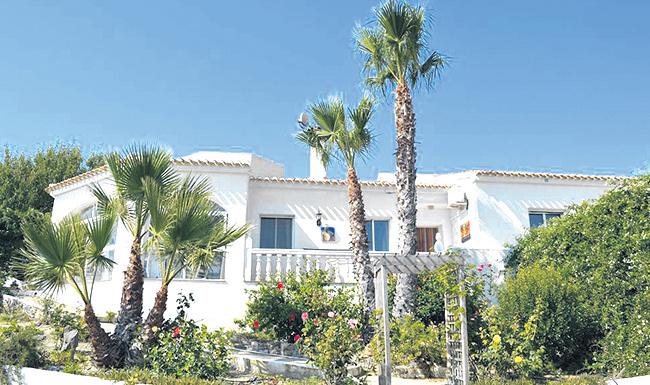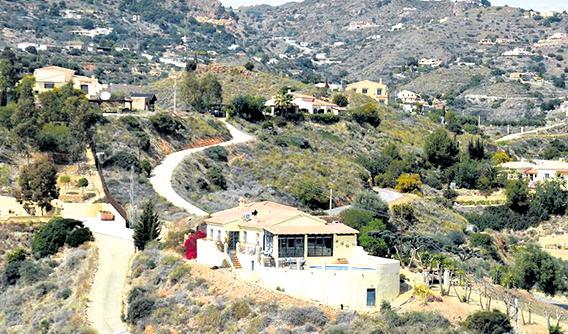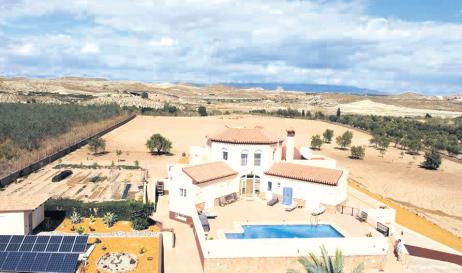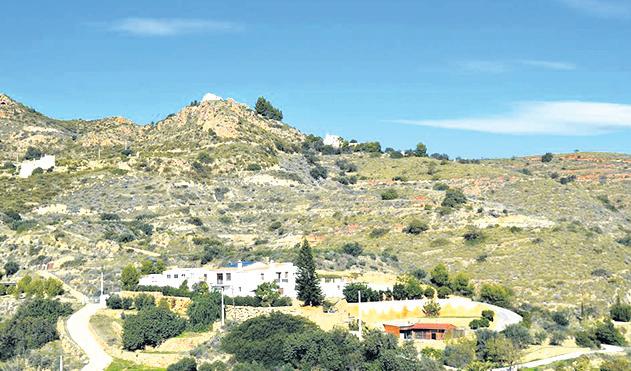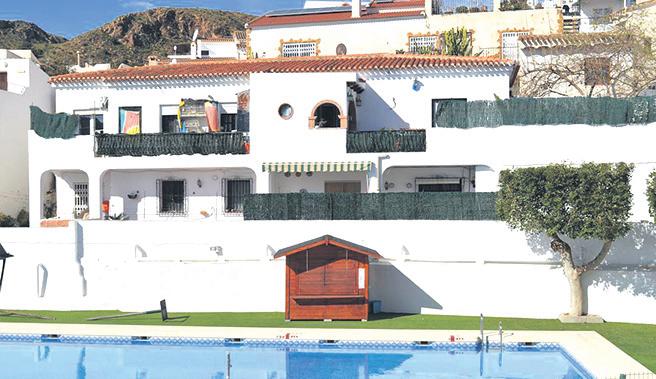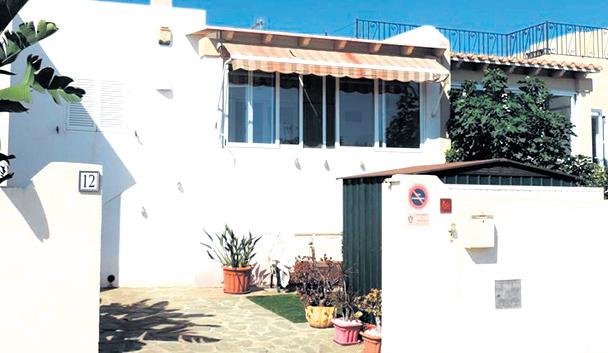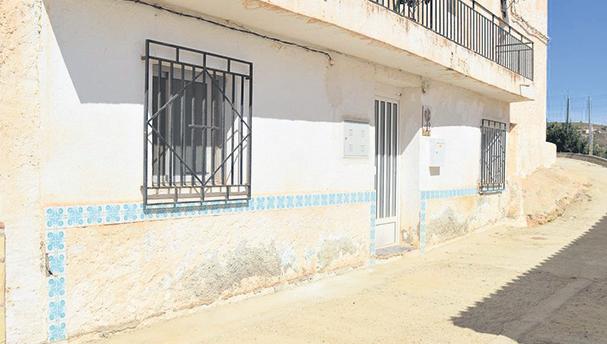
1 minute read
Thank the Borgias
Linda Hall
SPAIN has had three or four popes, depending on whether or not you in ‐clude the antipope Benedict XIII or Papa Luna (1328‐1423), born in Peñis‐cola (Castellon).

Little attention is paid to Damasus I, born around 304AD, whose Spanish parents might or might not have lived in Spain. That leaves the Borgias, Cal‐lixtus III (1378‐1458) and Alexander VI (1431 ‐ 1503) whose family name was Borja.
They were two Valencian boys done good who didn’t have a good press then and whose mention today still brings to mind corruption, ill ‐ gained wealth, poison and incest. Both were born in Xativa and met hostility and distrust in Rome, prompting grumbles that more Valenciano was heard in the Vatican corridors than Latin or Italian.
Ultimately, though, the Italians owe a huge culinary debt to the Borjas be‐cause they took with them the coca which Valencianos will tell you evolved into Italian pizza.
Admitted, the cocas you see in bak‐eries or those that emerge from a home cook’s oven have little in com ‐mon with the cheese ‐ heavy, sauce ‐laden pizzas we have come to expect outside Italy.
Traditional cocas are more austere and the base ‐ which at its best is light and airy but substantial ‐ will be dot ‐ted with sparing amounts of sausage, chorizo, a sardine or an anchovy if you’re lucky, plus modest additions of red and green peppers.
To someone who has never tried one, a word of warning: you will ei ‐ther like or hate it. Naturally, this de‐pends on the part of Spain where you are eating and buying coca, but new‐ly ‐ rich Mediterranean areas haven’t yet forgotten frugality.
Interestingly, Valencianos who emi‐grated to work in Algeria in the 19th and early 20th centuries took their cocas with them. Possibly it was not entirely a coincidence that the first time I ate pizza was in Benidorm in 1972 in a newly ‐ opened Italian restaurant that was owned and run by an Algerian couple.
I think the Borgias would approve of that.
